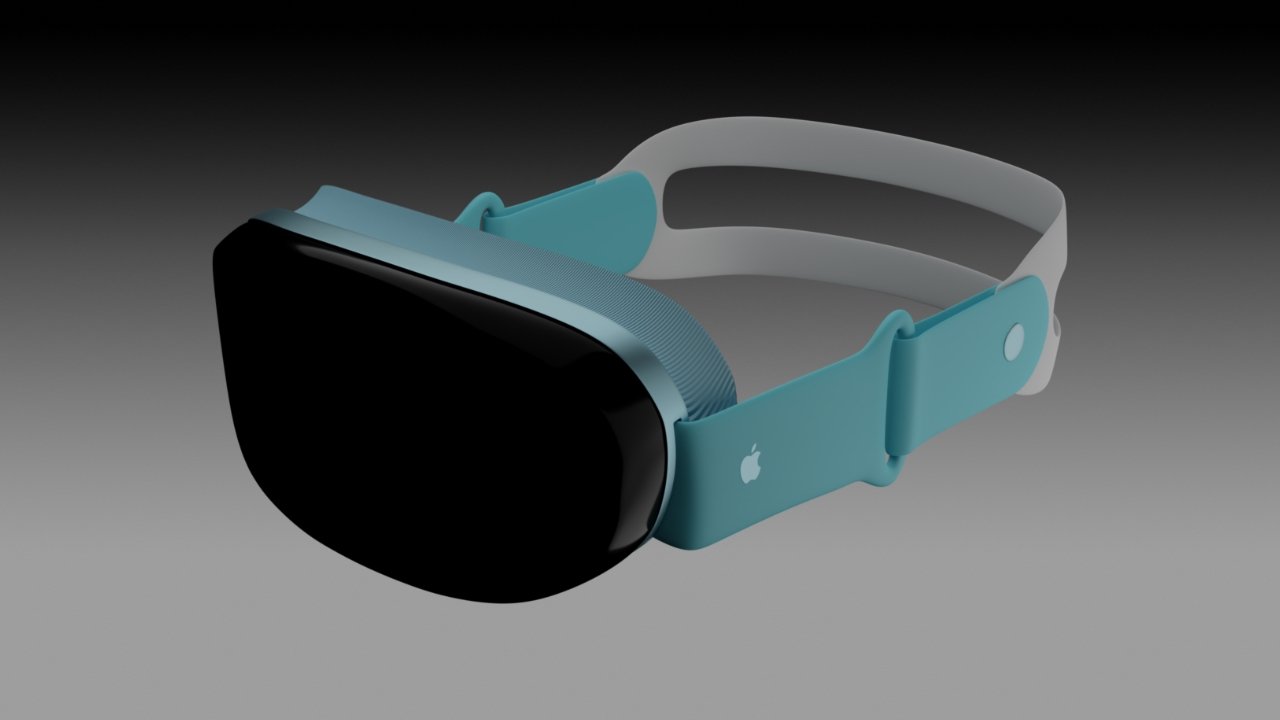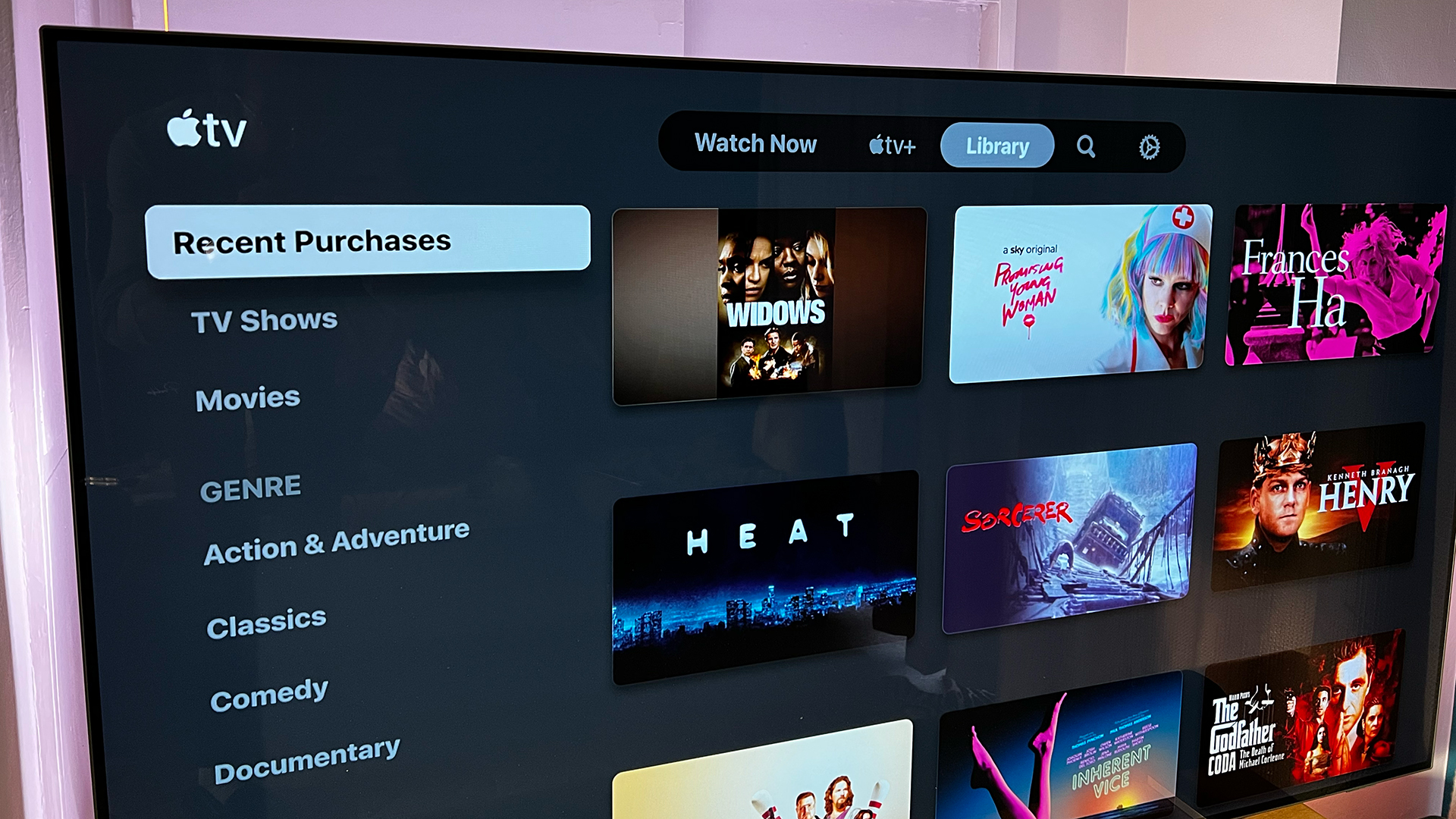

Apple's VR/AR headset has been rumored to be months away for, maybe years now. However, with Apple's board said to have now been given a demo and an operating system also apparently in the works, the announcement could be soon.
Virtual reality – and augmented reality – headsets have regained popularity thanks to Sony's PSVR headset and the now Meta-owned Quest. This affordable, standalone device provides a mix of games and virtual experiences as well as a stepping stone to Meta's Metaverse plans.
Apple's upcoming device is likely to have to compete with Sony's upcoming PSVR2 and the Quest 2's new and higher specced cousin, known right now as Project Cambria. This Quest 3 or Quest Pro is likely to push the functionality into AR, providing a mixed reality solution.
An Apple-made device is bound to attract its own audience from die-hard fans but there are certain things, aside from the obvious that it would need to do if it really wants to dominate the market. And really, Apple doesn't enter a market it doesn't think it can win.
From my time using current AR and VR options, these are the three essentials for me.

Your Apple TV experience should follow through to your headset
1. Seamless integration with other iOS devices
This one should be a given, but any Apple VR/AR headset needs to be completely integrated with your other Apple products. That means, if you get a call on your iPhone, you can take it on the headset. Got pictures on your MacBook? you should be able to view them on the headset. Watching movies on your Apple TV? You should be able to watch them on your headset.
Apple has proved it can do this with all of its other products, from the Apple Watch through to the iMac, so this is something that I have little worry about. We'll probably know more about this when we finally see details of the operating system that will run on the device, which Bloomberg suggest is to be rOS.
Get all the latest news, reviews, deals and buying guides on gorgeous tech, home and active products from the T3 experts
2. A true mix of AR and VR
Virtual reality or VR is an impressive experience but, for me, it's augmented reality that is the game-changer. As I already mentioned, this is something that Meta's next headset is likely to offer and the Apple headset has always been rumored to offer AR.
Of course, good AR will be reliant on the programs it runs, from games to productivity tools. It relies on not only high-quality displays inside the headset but also high-quality cameras on the outside to mix the reality, and these need to work perfectly in sync.
3. Virtual computer use
One of the potential benefits of virtual reality was the ability to provide a tool for those working remotely. This can be an alternative to video conferencing – as with Meta workspaces – or a virtual desktop allowing you to view your desktop computer on giant screens in a completely virtual setting.
The advantage Apple has here is that it can fine-tune the synchronization between the headset and your MacBook, iPad, iMac etc. Using technology that already exists with Universal Control, you should be able to use the headset as a part of the ecosystem and handoff content between your real and virtual equipment.

As T3's Editor-in-Chief, Mat Gallagher has his finger on the pulse for the latest advances in technology. He has written about technology since 2003 and after stints in Beijing, Hong Kong and Chicago is now based in the UK. He’s a true lover of gadgets, but especially anything that involves cameras, Apple, electric cars, musical instruments or travel.